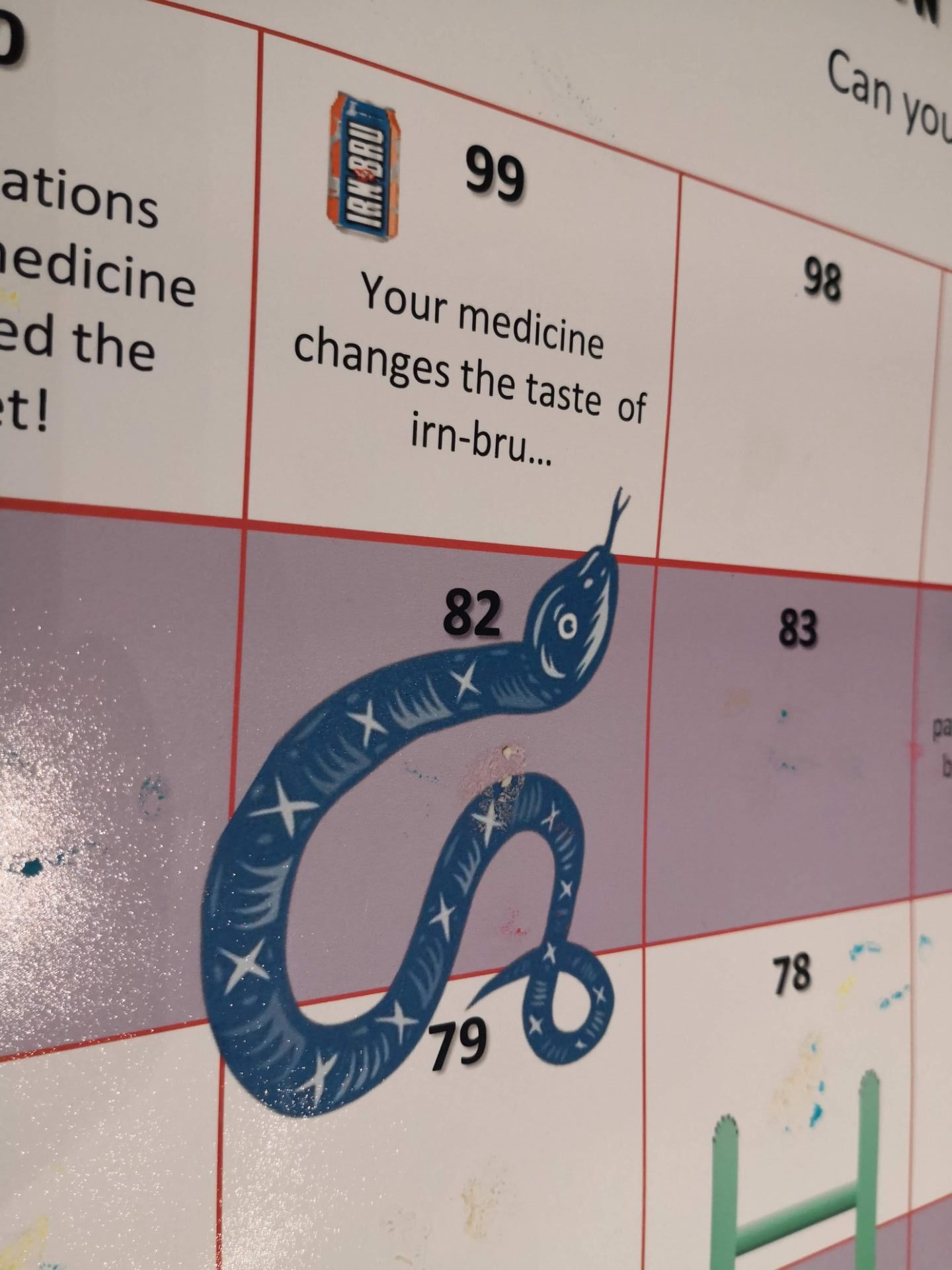The late great Nichelle Nichols once said “Science is not a boy’s game, it’s not a girl’s game. It’s everyone’s game. It’s about where we are and where we’re going.”
Here at the Wellcome Centre for Anti-Infectives Research, we love games and science. We believe it gives people a chance to chat, to share their ideas, to be active participants in the process. Our public engagement work is full of them. Some have been a short journey from original to adaptation, while others have been through a great deal more development.
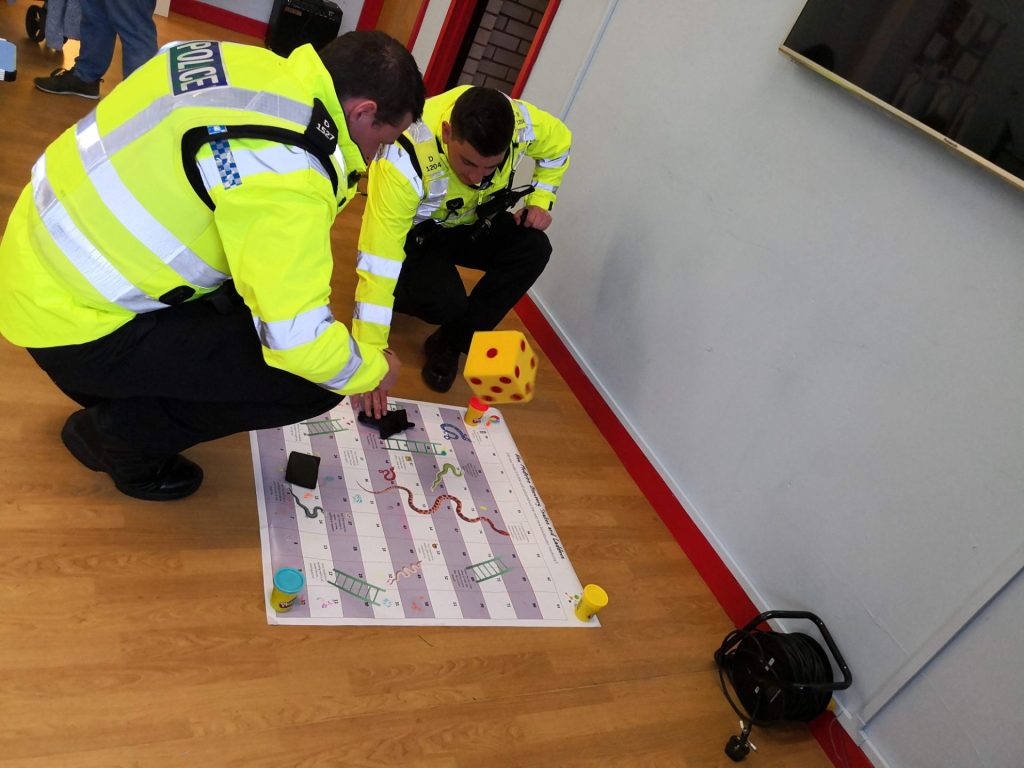
One of our long-standing games is Drug Discovery Snakes and Ladders. Developed in the early days of the Drug Discovery Unit, this porting of the classic game brings some of the trials and tribulations of our work to life. Perhaps you will find a serendipitous compound which has all the properties you need to make an excellent medicine. Much more likely, one of the many factors in your medicine won’t work, and your progress will be brutally reset. In real life there are many more snakes than ladders – but we have a balance for our younger players.
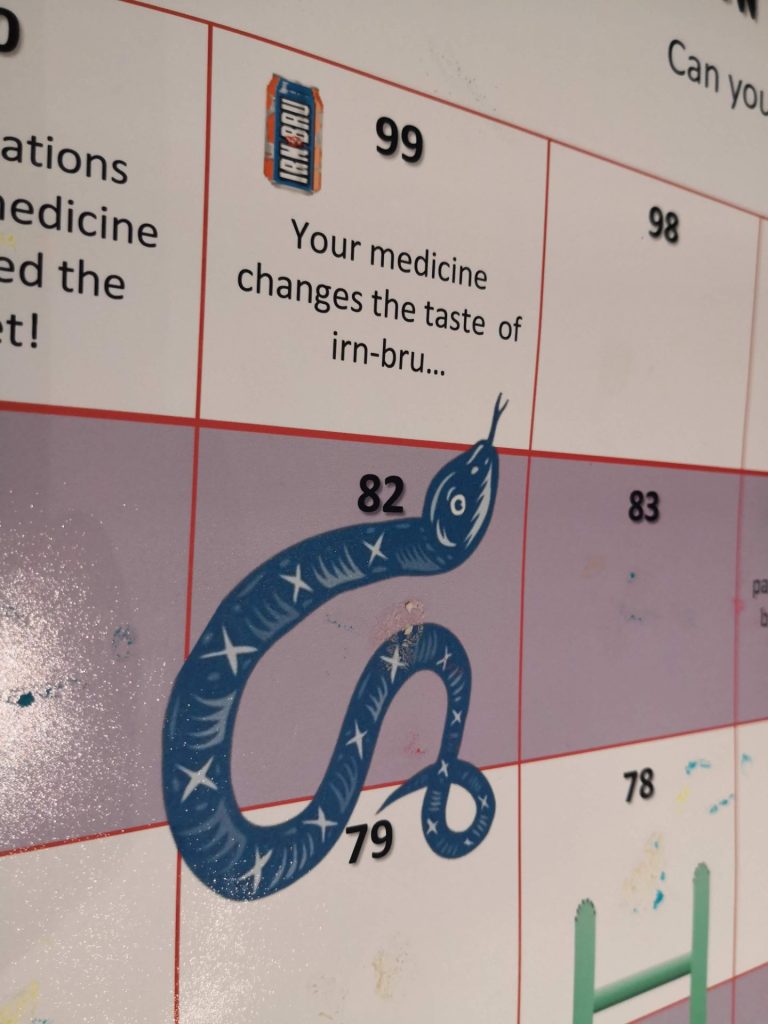
Following the Wellcome Centre’s launch in 2017, we worked with our fabulous public engagement colleagues from the wider School of Life Sciences to create more ambitious games. We’re particularly grateful to our colleagues Erin Hardee and Amy Cameron for their endless support and creativity.
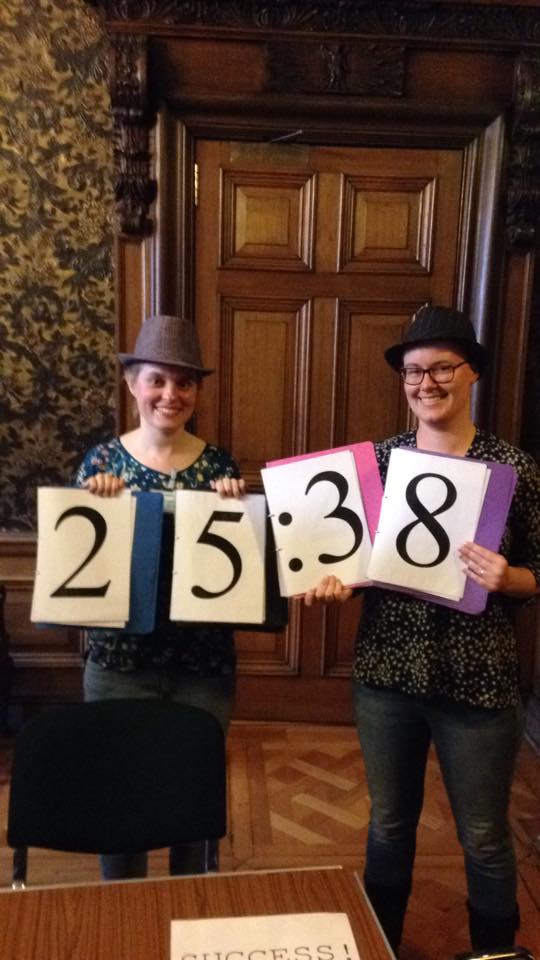
One idea we had was to make an escape room, themed around drug discovery. The process is essentially a series of complex molecular puzzles, with medicines needing to fit into the right bits of parasitic proteins. What sounds like a simple process was rather complex, and it took us over a year to get the game into a fully functional form. We owe a debt of thanks to the many researchers who prototyped it, and our consultants at Agent November. Above all, we learned to always empty the bin!
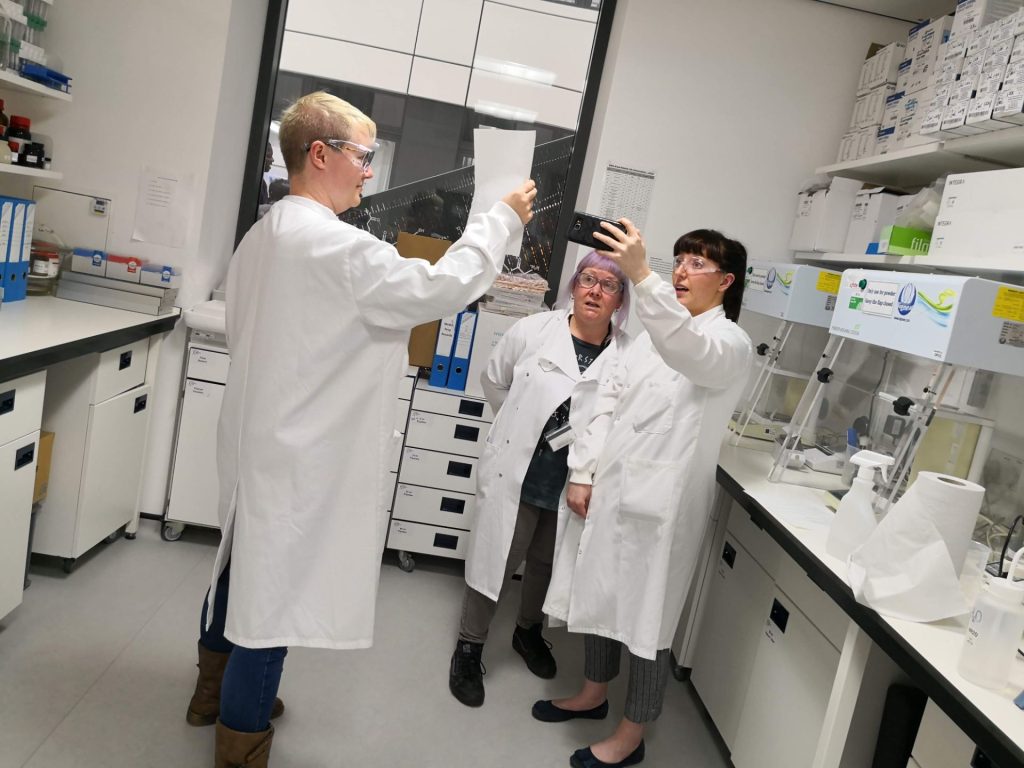
We also wanted to use the space in the School of Life Sciences, and have used it to create a larger than life board game where people become the tokens. We developed Heal the World in 2018. The game is set on a huge world map, made of cities and tape-lines connecting them, in the CTIR Street. Players have to collaborate to fight a deadly pandemic. What seemed at the time a distant possibility has obviously gained new meaning over the past couple of years. We’ve started tentatively playing it again post-Covid, and have had some fascinating conversations.
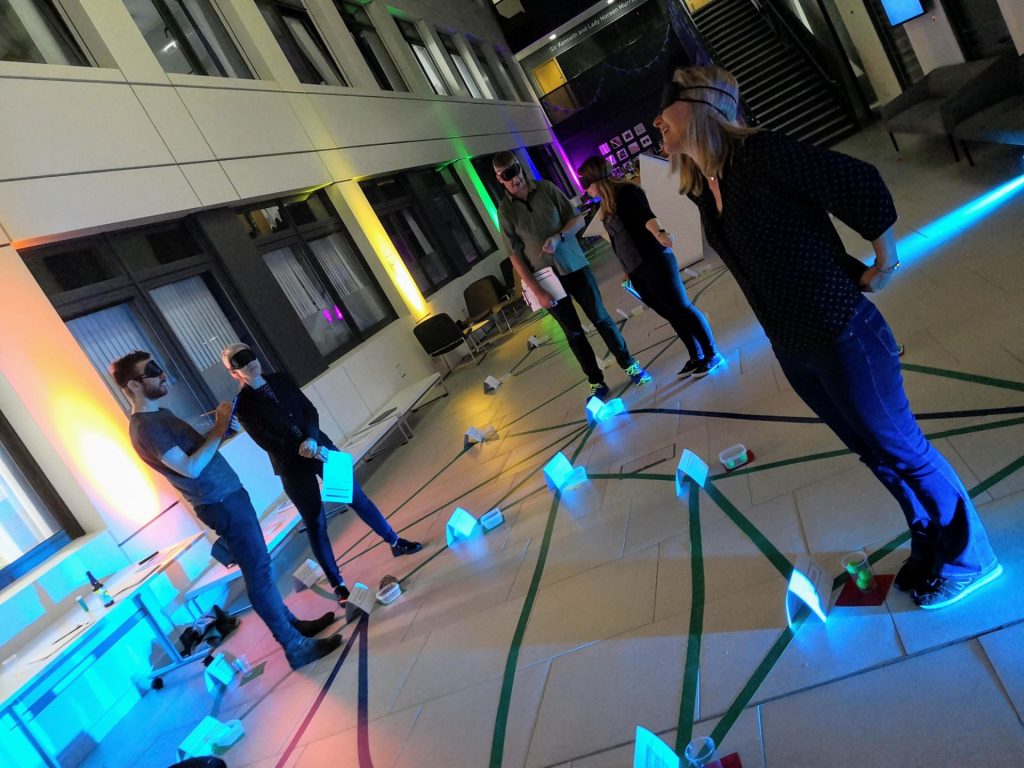
As you might see, we’re huge advocates for gamification of research. We’ve even started running sessions with OPD exploring the idea. If you want to find out more about anything that we do, have a look on our website, and give us a follow on Twitter and Instagram.
